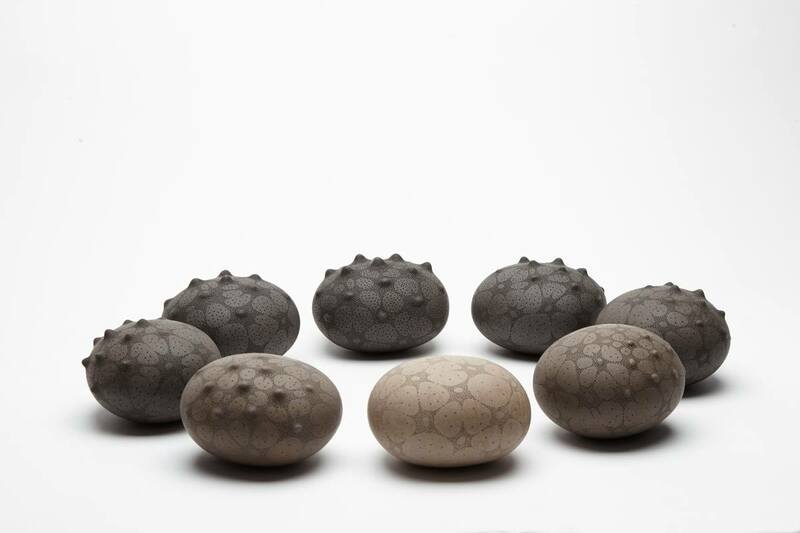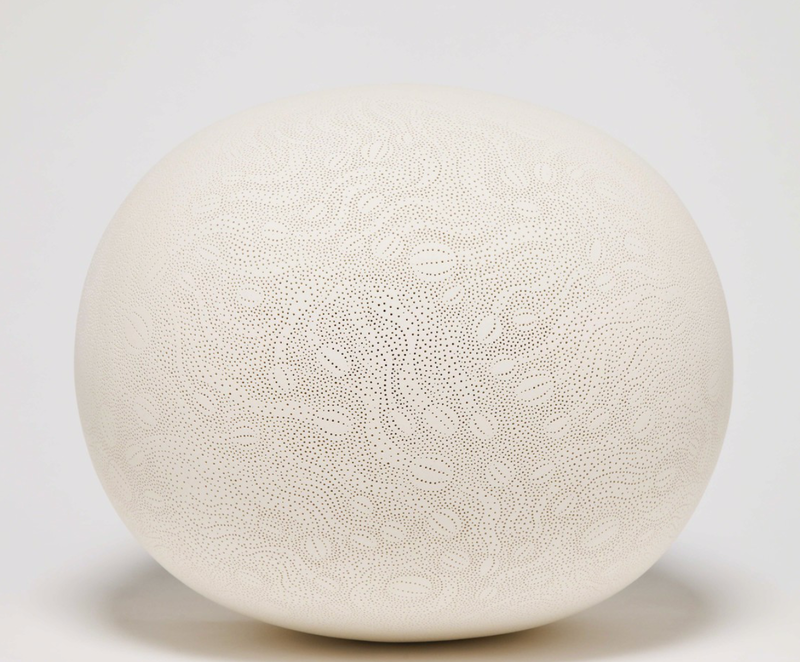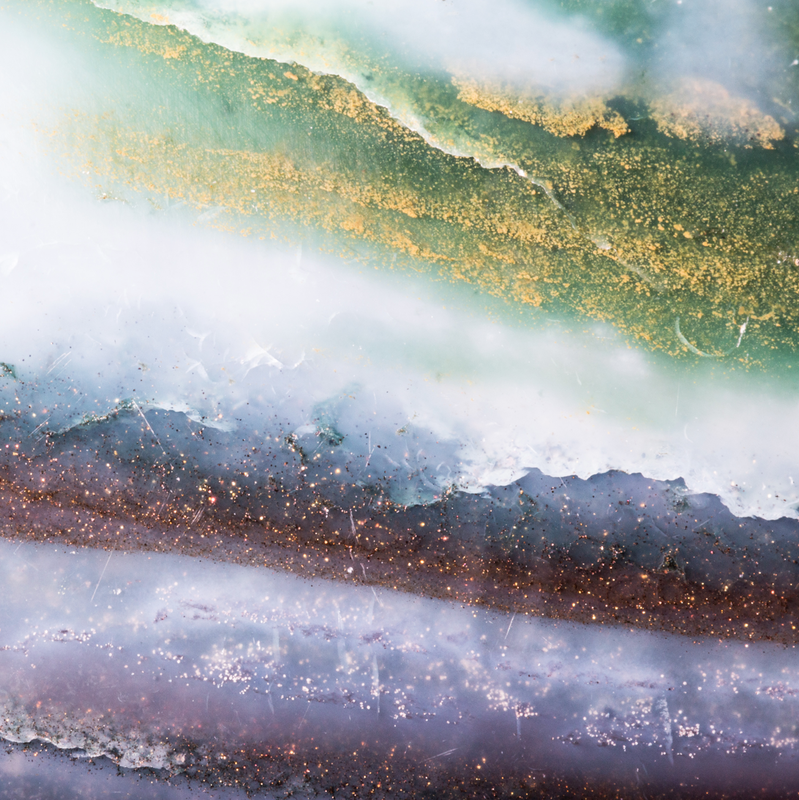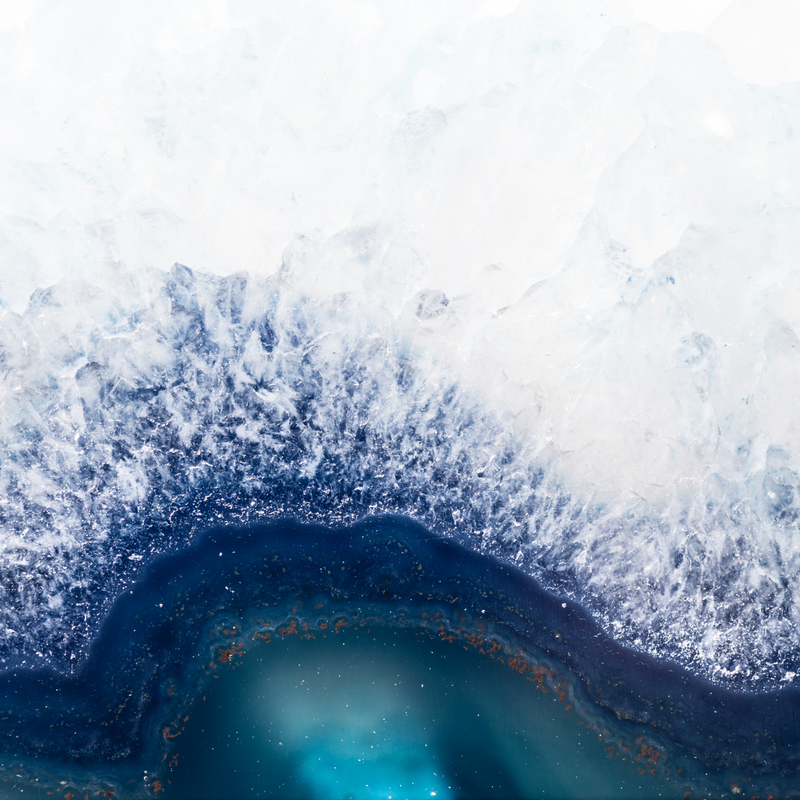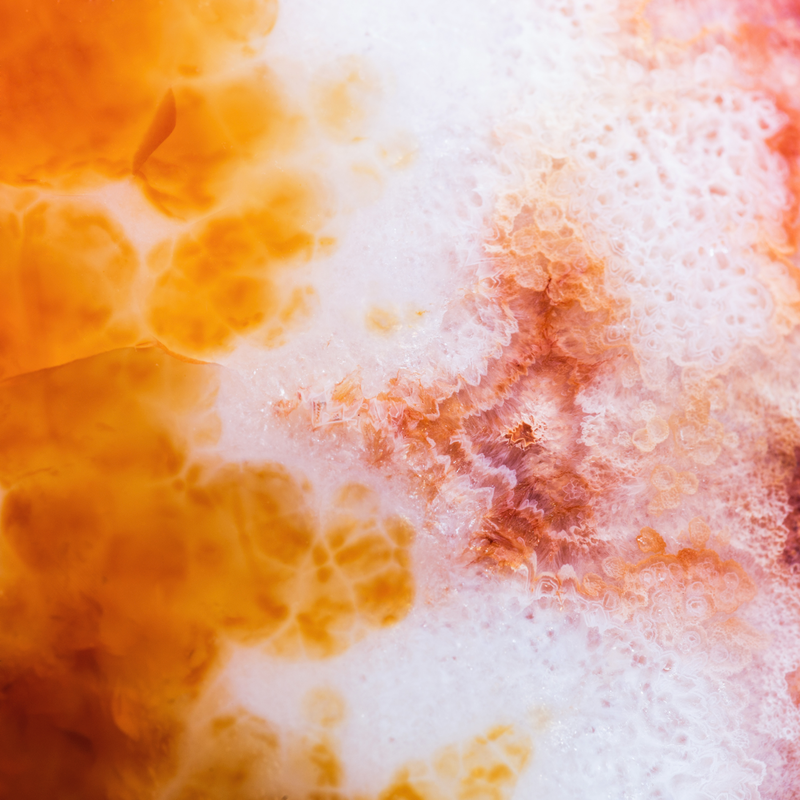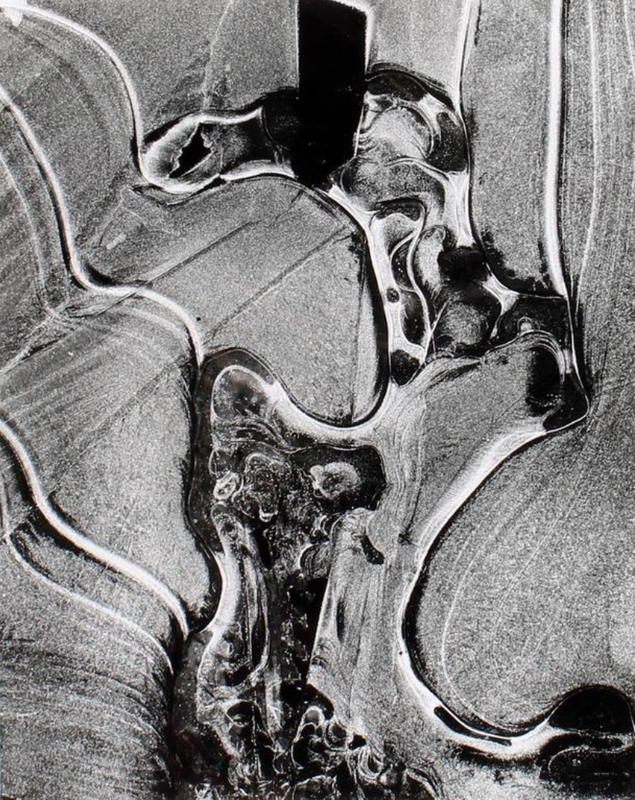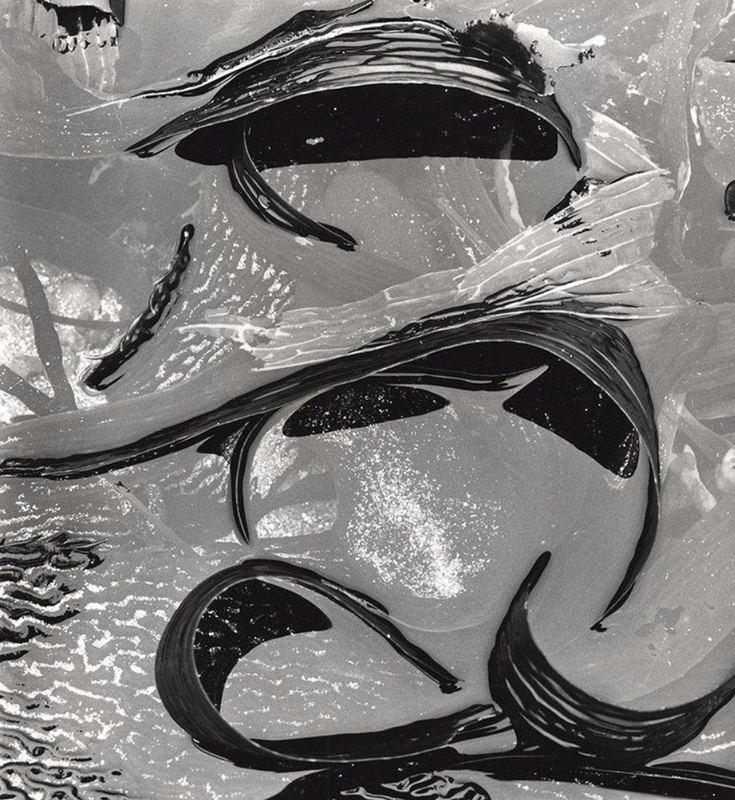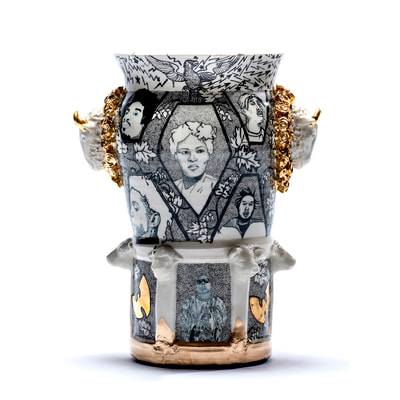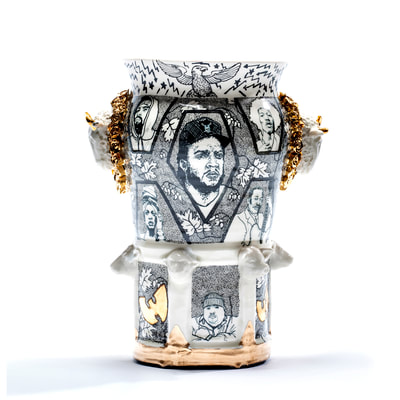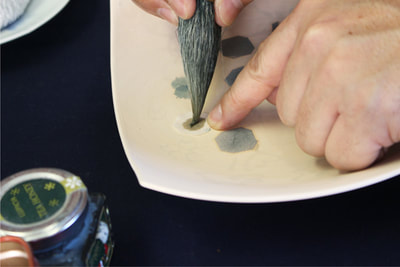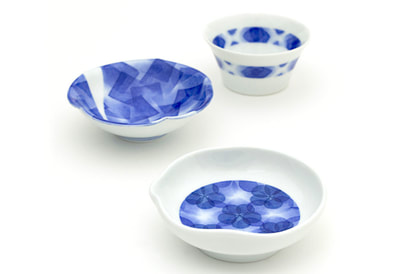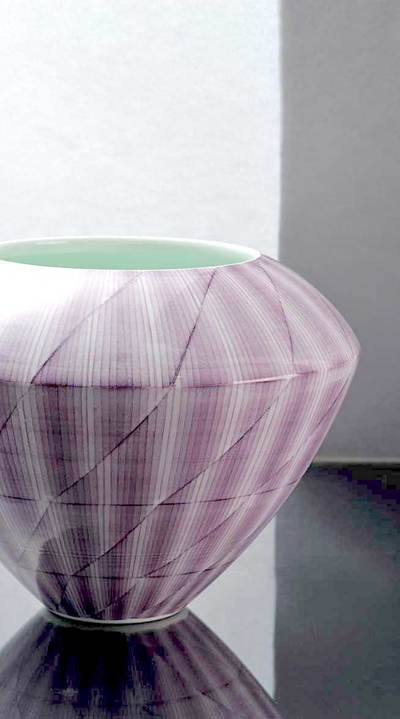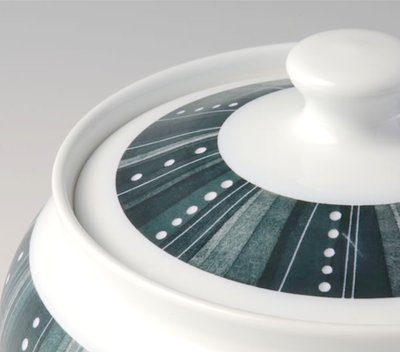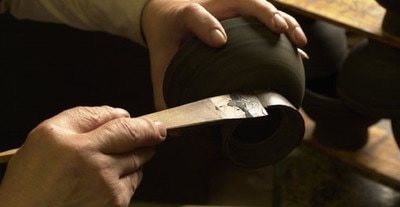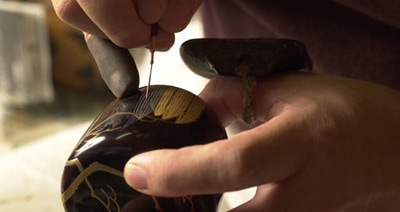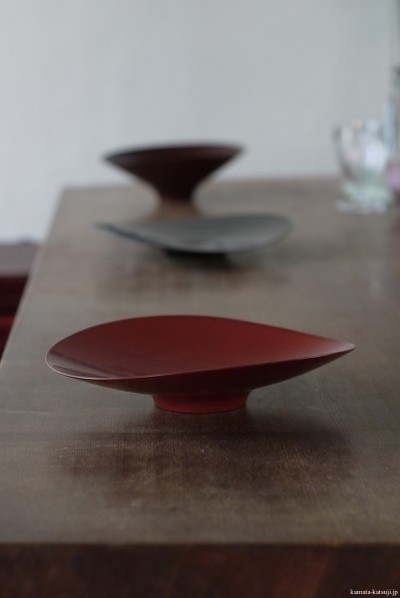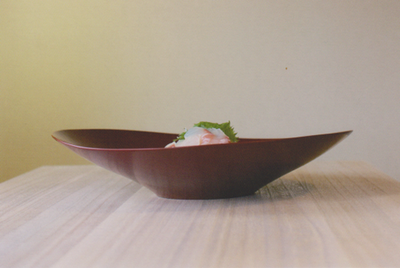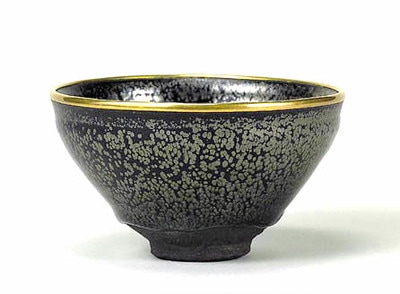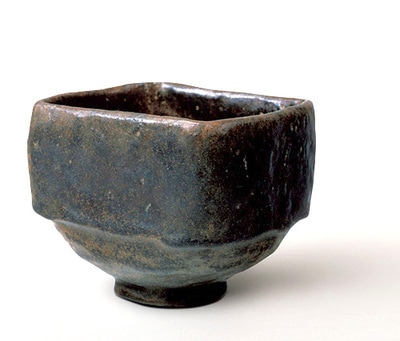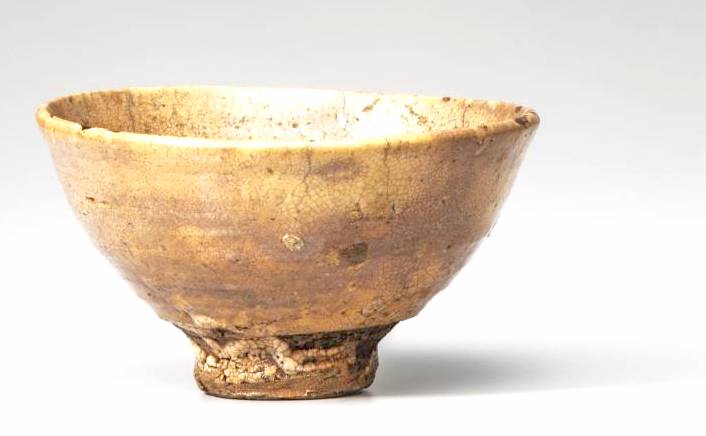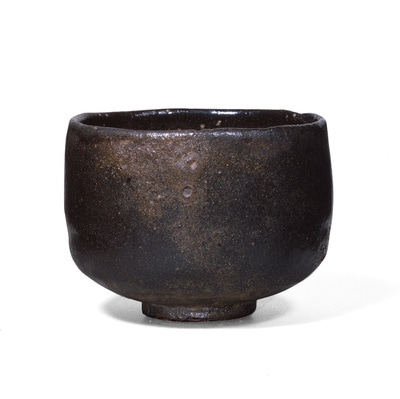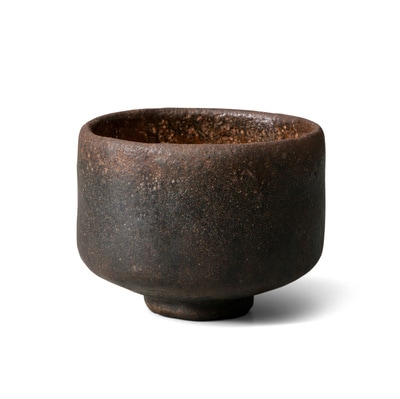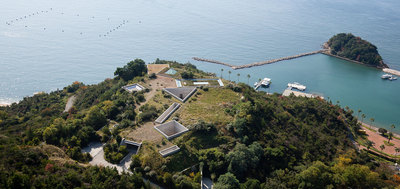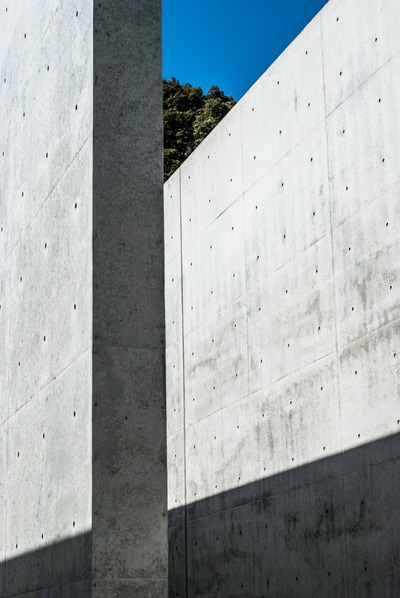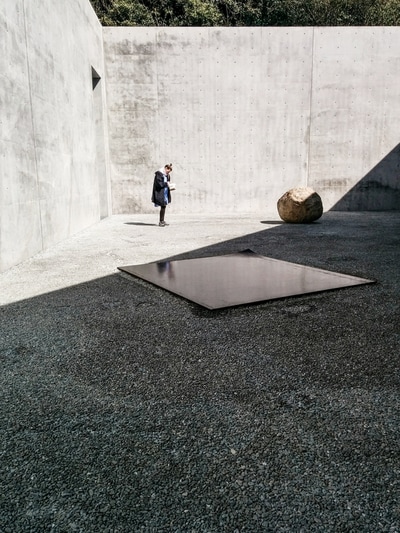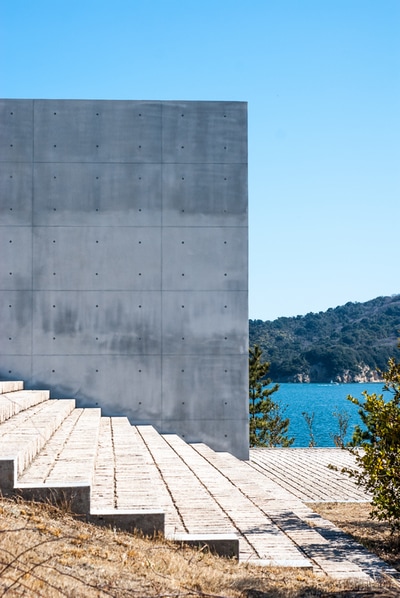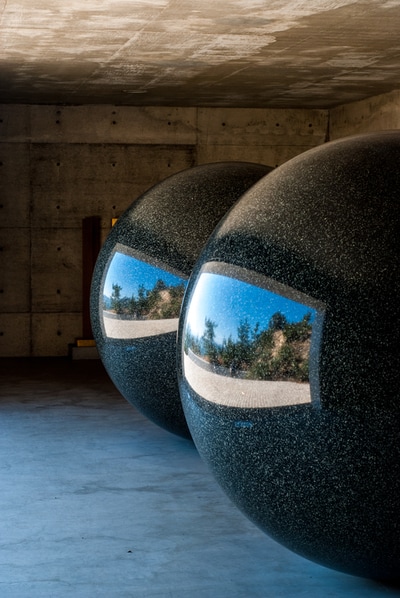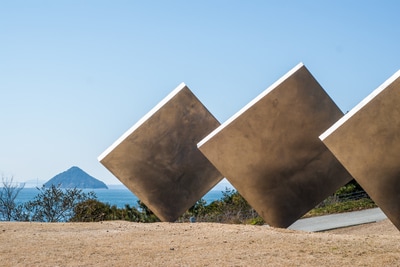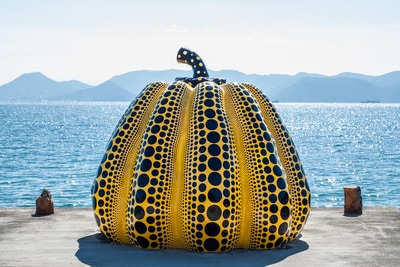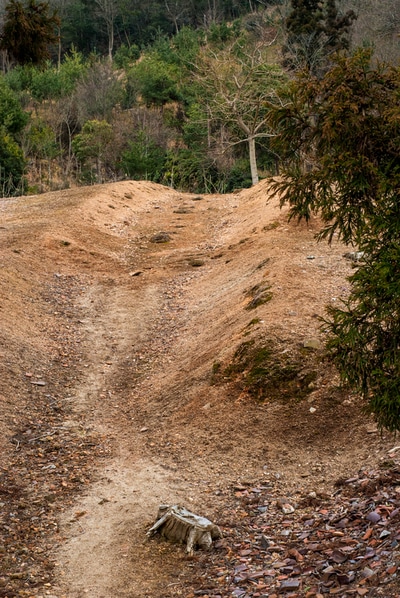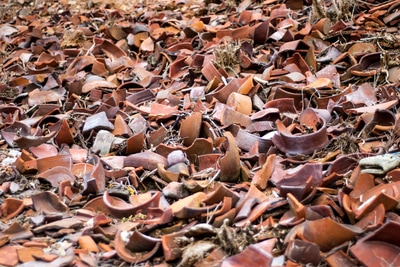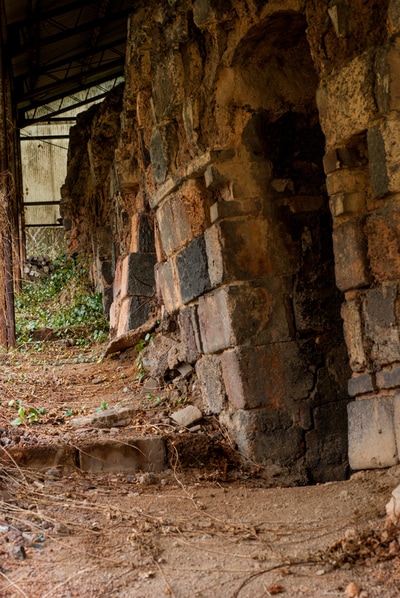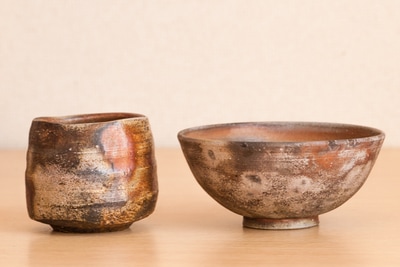|
Reading through articles, I came across Ceramic Review's Masterclass with Sarah Scampton. Looking at pictures of her work and then watching the short film of her making sculptures, I was drawn to the animated surfaces on such simple forms. Due to the hand building technique Sarah uses, those pieces have a strong presence. They aren't just geometric shapes. Rather they are animated with patterns, irregularities and some kind of mystery. Listening to her talking, she seems to be only the intermediary which allows clay to take life and become its own entity.
"I put layer upon layer upon layer until the object starts to speak in some way. I stop when it's finished speaking and I never know when that's going to be"
It is quite interesting, hearing her talk about her pieces, to realise that the vocabulary she uses to describe her work - their "skeleton", "skin" and "scars" revealed by the coloured slips - is the same we would use to talk about living organisms.
|
|
And this reminded me of an other ceramic artist I found years ago that creates organic shapes inspired by life forms. While the shape is the main focus of Frances Lambe's work, the finish of her pieces is also significant as this is how surface and form unite.
As they both use hand building techniques, their work embody the capacity that clay has to be shaped, textured, fired to suddenly become something else entirely.
To learn more about Frances Lambe, give a listen to her interview with the Design & Crafts Council of Ireland.
As they both use hand building techniques, their work embody the capacity that clay has to be shaped, textured, fired to suddenly become something else entirely.
To learn more about Frances Lambe, give a listen to her interview with the Design & Crafts Council of Ireland.

